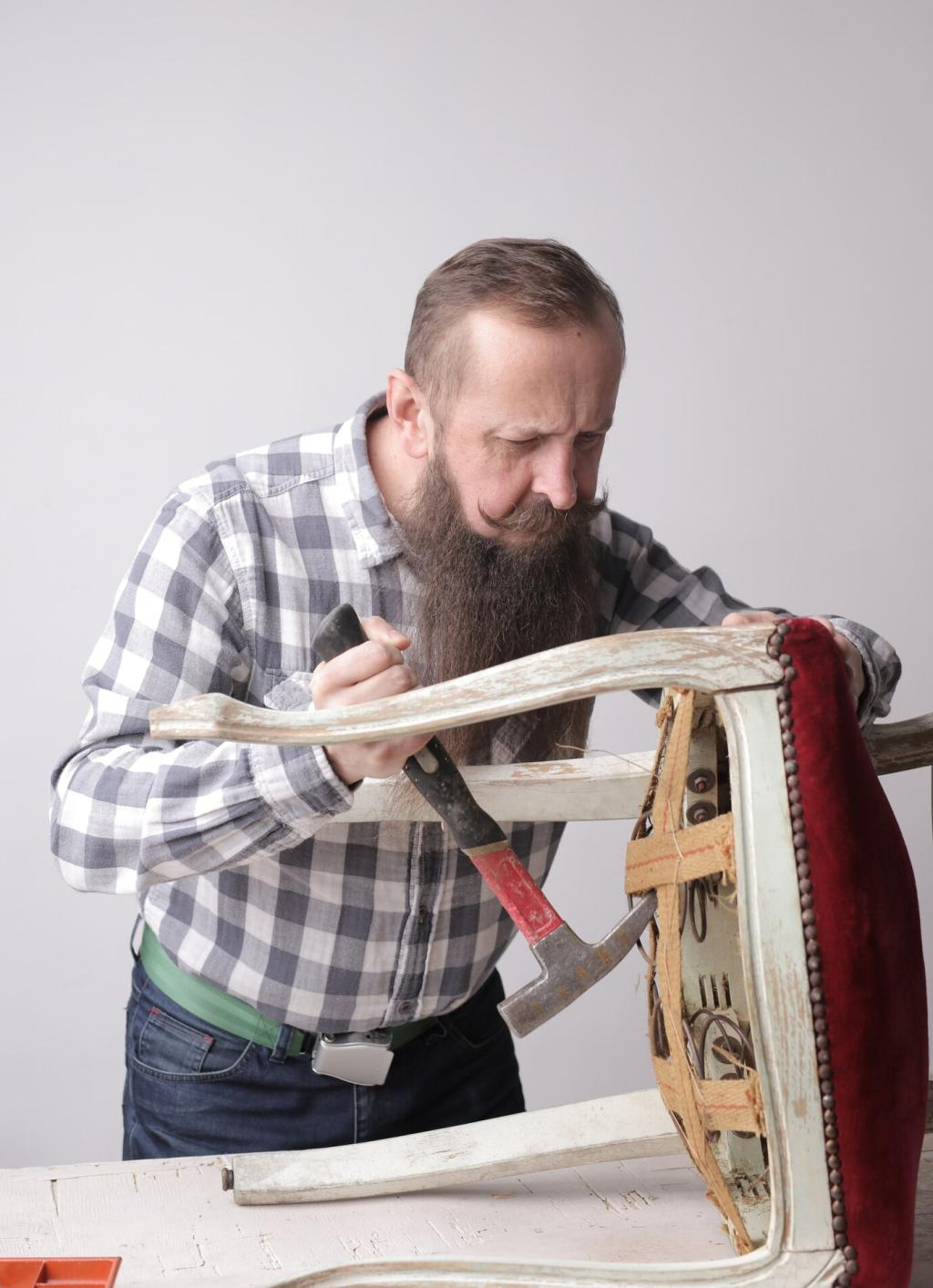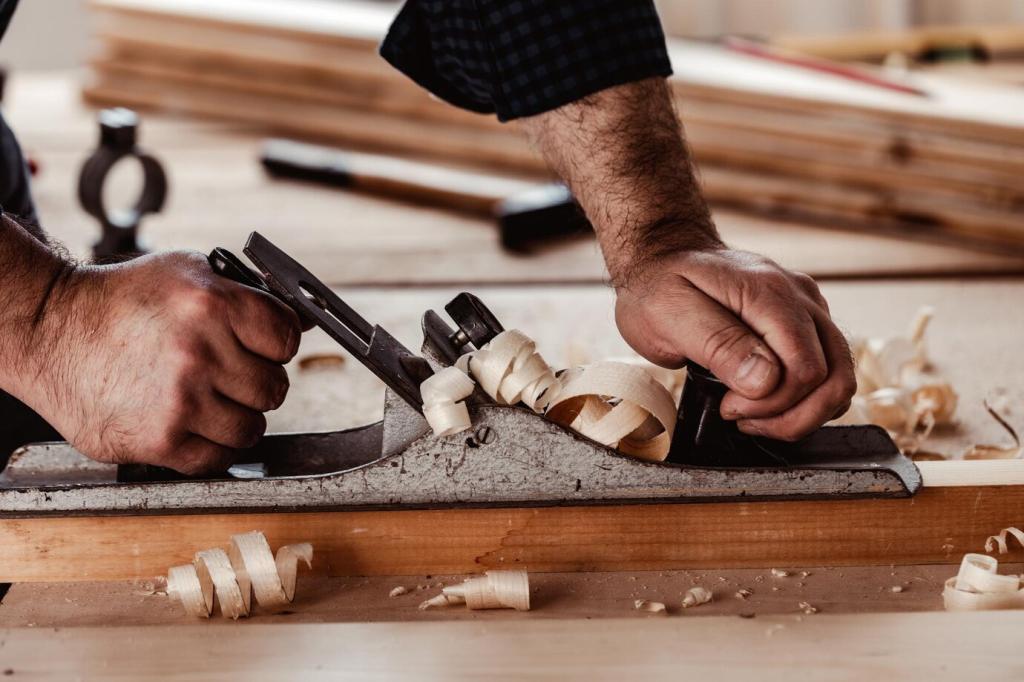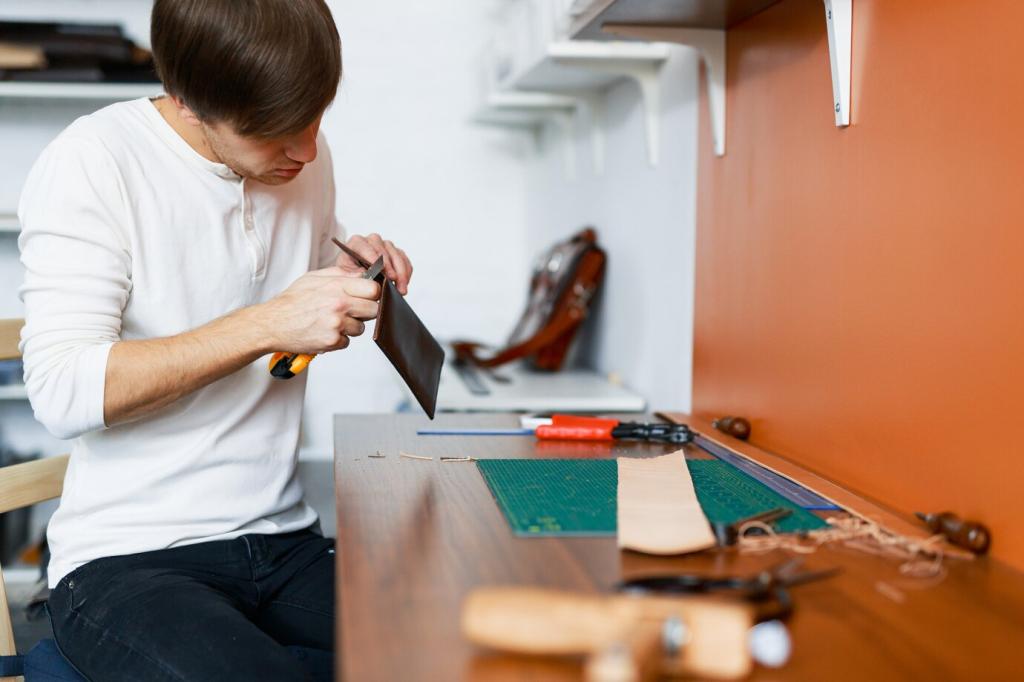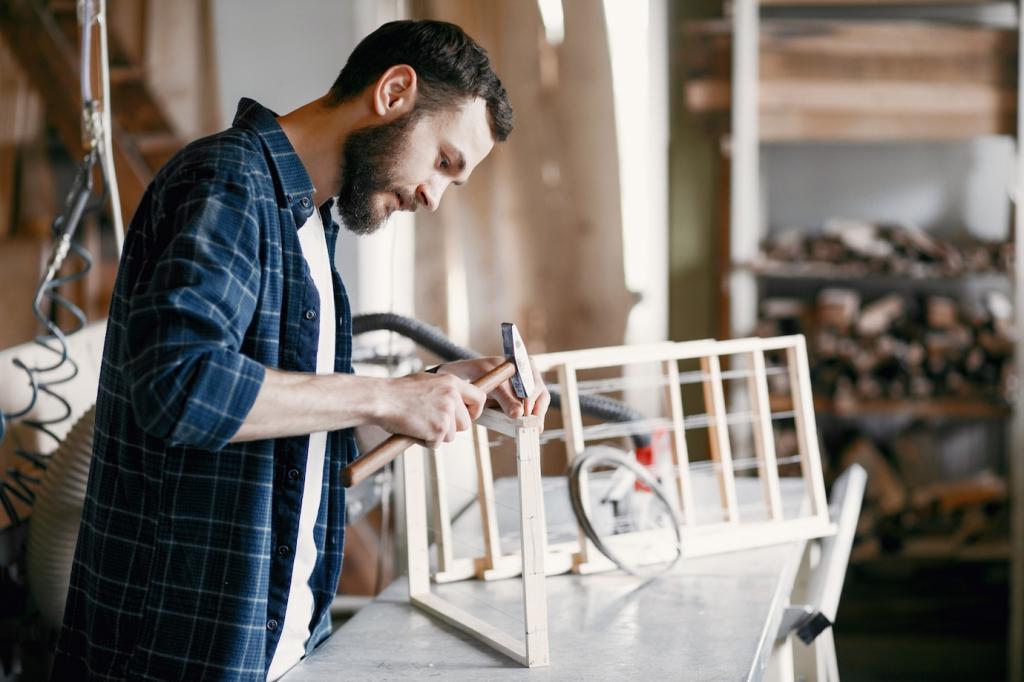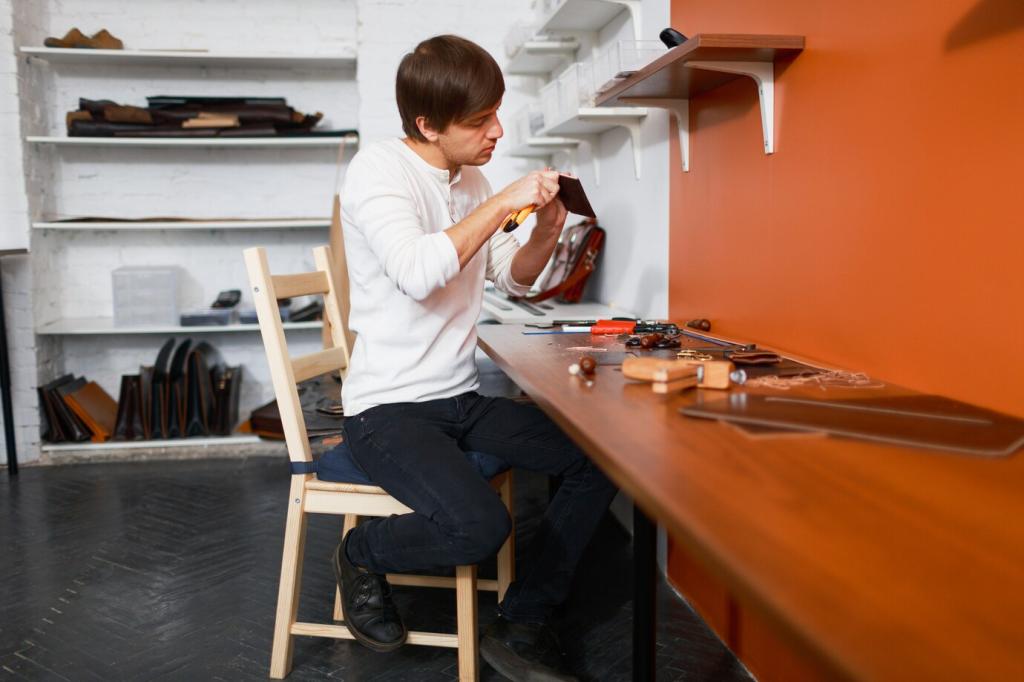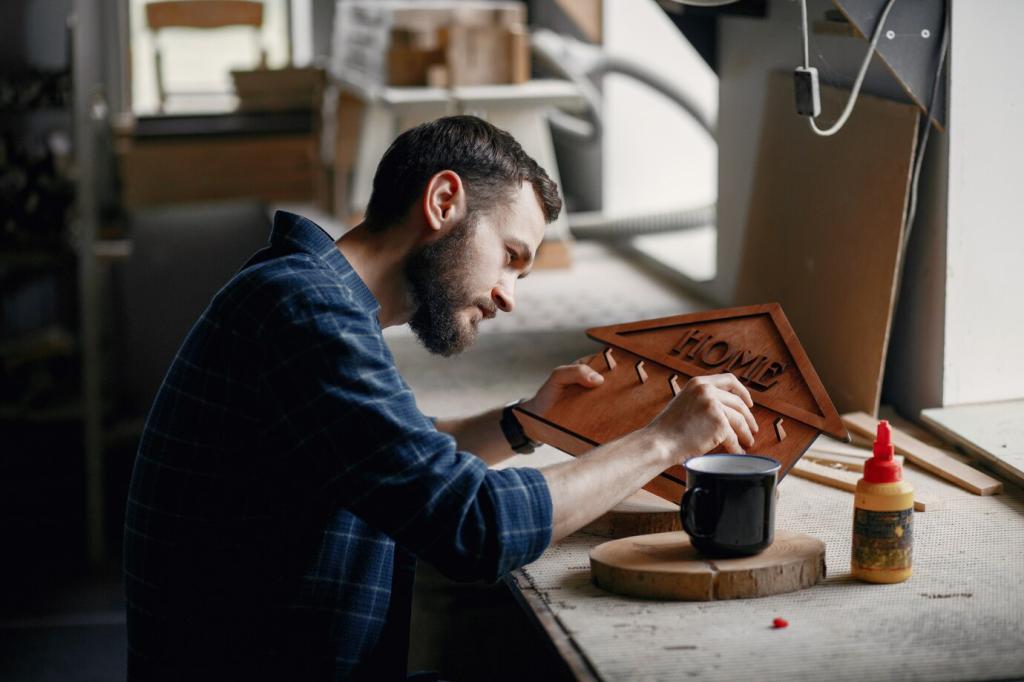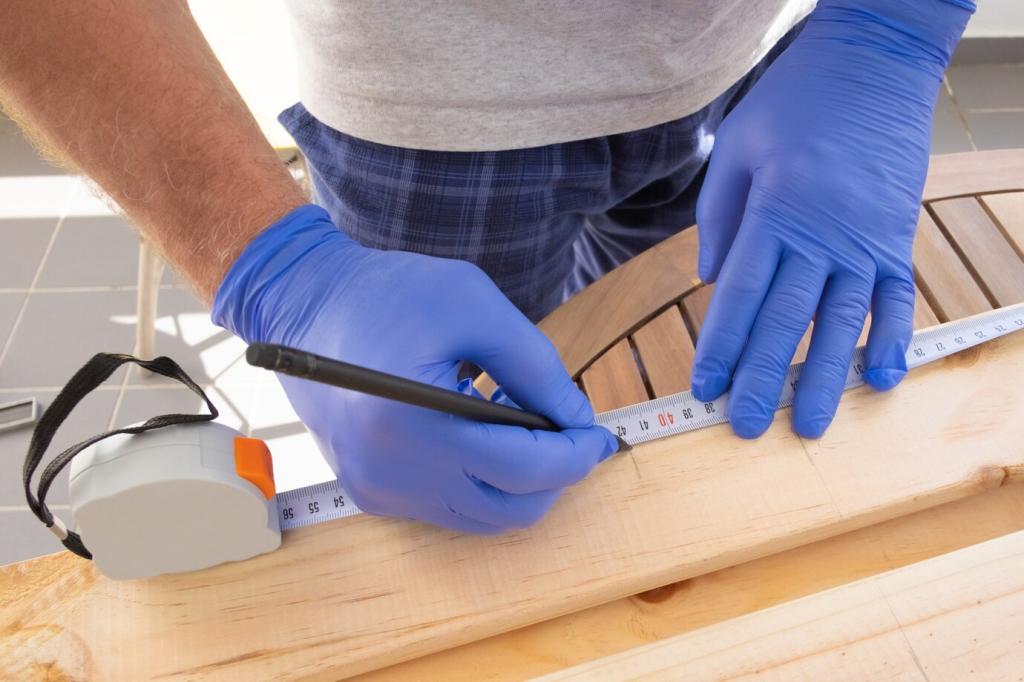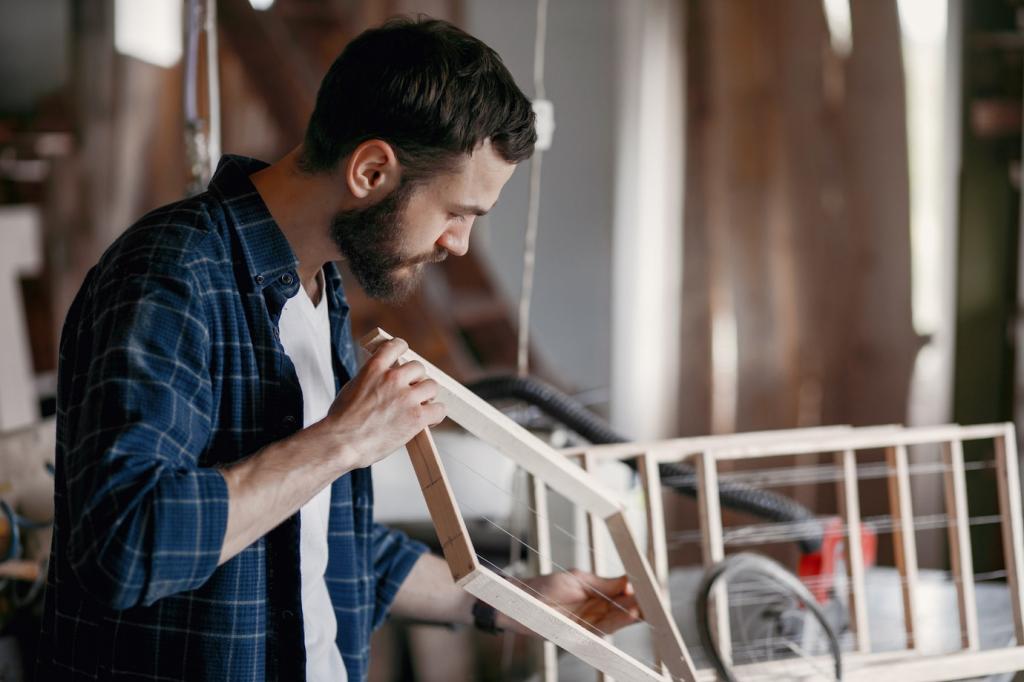Diagnosing the Problem Before You Touch a Tool
Angle a bright light across the wood and slide a 600 mm straightedge slowly, watching for slivers of light peeking through. Use feeler gauges to measure gaps, and mark highs with chalk and lows with pencil. Tell us your tolerance target—tabletop or workbench—so we can fine-tune future tips.
Diagnosing the Problem Before You Touch a Tool
Circle high spots, crosshatch low areas, and draw arrows showing grain direction. A reader named Marco once color-coded a walnut desk and reduced leveling time by half. Try a numbered grid, photograph your map, and share your before-and-after snapshots to inspire other woodworkers tackling uneven wooden surfaces.

